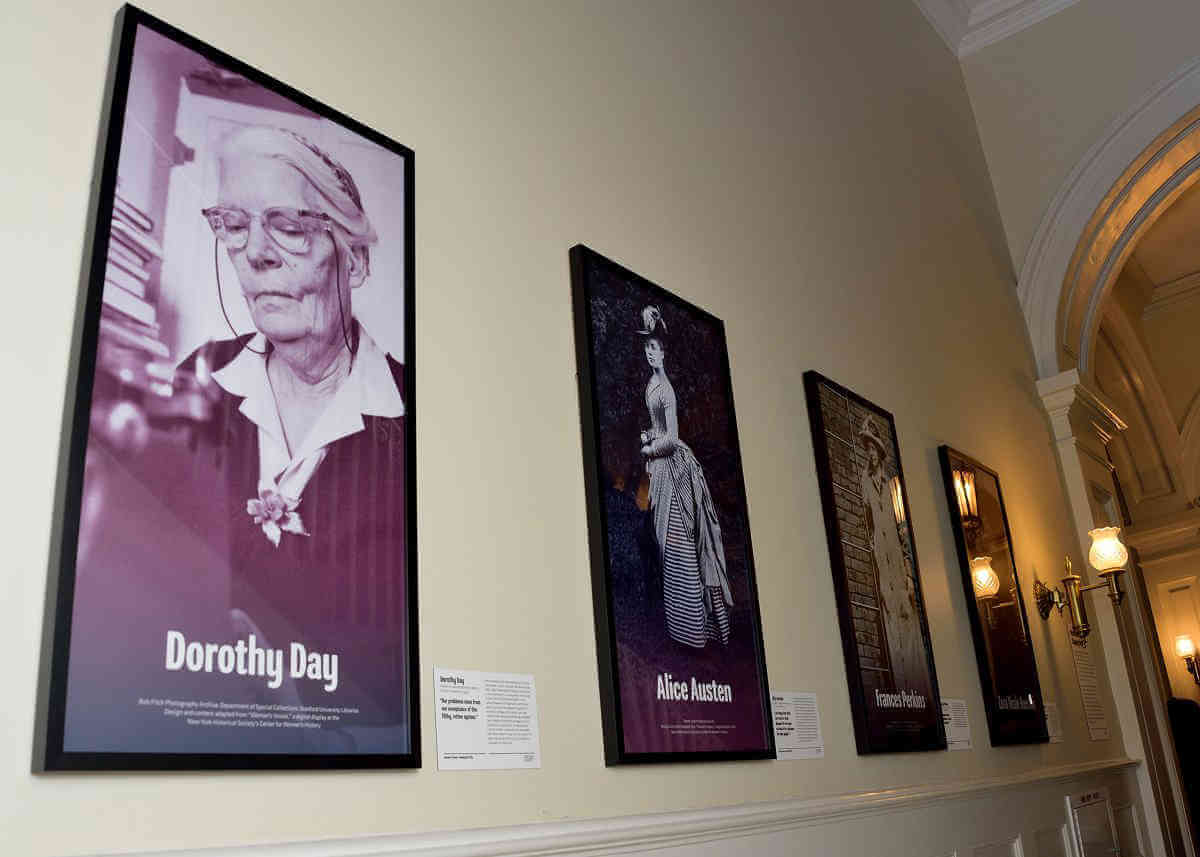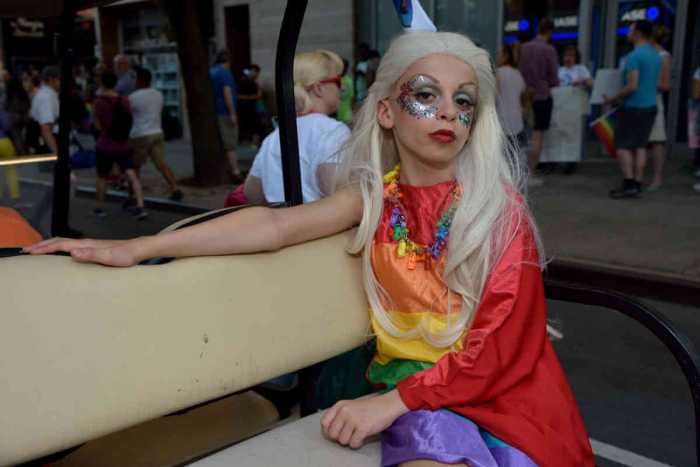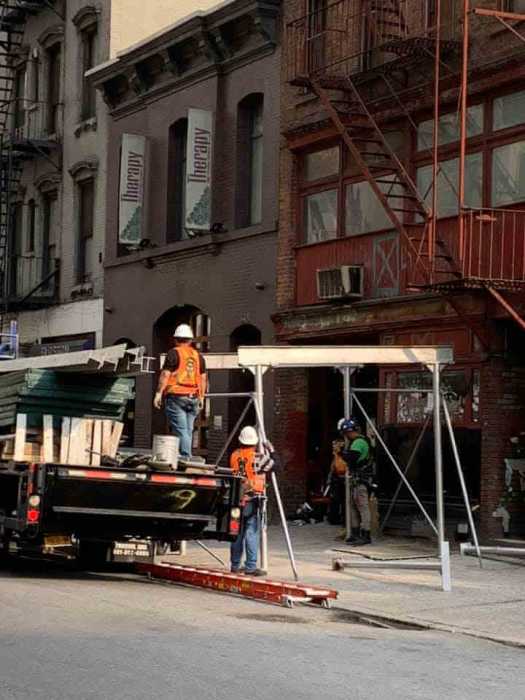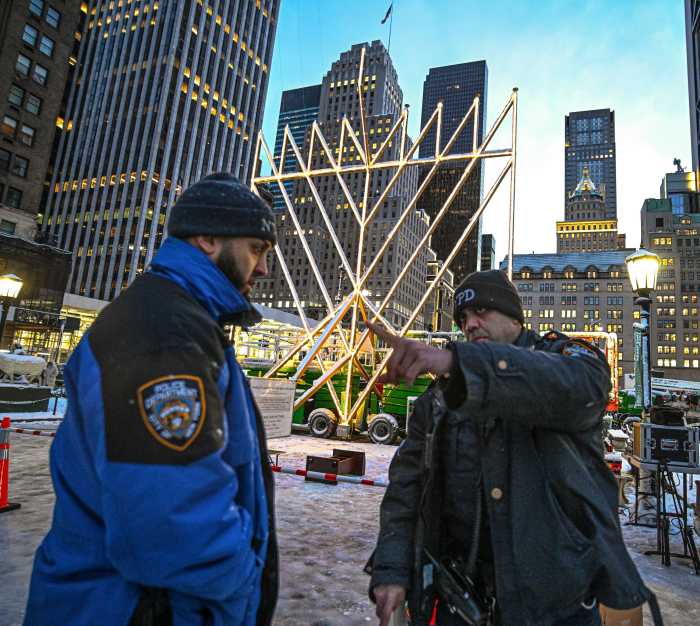Kicking off Women’s History Month on March 1, the City Council unveiled portraits of eight iconic female leaders that will grace the walls of City Hall.
Put together in conjunction with the New-York Historical Society’s Center for Women’s History, the installation, “Women’s Voices: Shaping the City,” includes portraits of Alice Austen, an early 20th century lesbian “amateur” photographer whose work is a window into her New York experience and whose Staten Island home is now a museum; Antonia Pantoja, a Puerto Rican educator and community activist; Beverly Sills, the famed opera soprano who went on to lead New York City Opera; Dorothy Day, a 20th century social justice activist who co-founded the Catholic Worker movement and newspaper; Frances Perkins, who as President Franklin D. Roosevelt’s secretary of labor was the first woman cabinet member; Dorothy Lee, a Chinese-American “Rosie the Riveter” at the Brooklyn Navy Yard; Brooklyn Democrat Shirley Chisholm, the nation’s first African-American congresswoman who ran a groundbreaking presidential campaign in 1972; and Zora Neale Hurston, a famed writer, anthropologist, and fixture of the Harlem Renaissance.

The Council’s initiative, launched as part of its month-long Herstory Celebration, is part of a broader effort to redress the vast gender disparity in public artwork and monuments around the city. Sculptor Meredith Bergmann is currently working on a monument honoring women’s suffrage movement leaders Elizabeth Cady Stanton and Susan B. Anthony, which will be Central Park’s first statue to represent a woman who is not fictional.
“As New Yorkers realize that we as a city have utterly failed to adequately recognize the contributions of women and try to fix it, this City Council is proud to lead the way in creating public monuments to our city’s monumental women,” Council Speaker Corey Johnson said at Friday’s unveiling. “Most New Yorkers agree that the future is female, but the past was female too, and the entire city needs to do a better job of celebrating that fact and telling stories that have gone untold for far too long.”

Upper West Side Councilmember Helen Rosenthal, chair of the Committee on Women, said, “I am delighted and deeply moved that the City Council and New-York Historical Society have joined forces to honor some of the women who have made a lasting impact on our city.”
Valerie Paley, chief historian and director of the Center for Women’s History at the New-York Historical Society, said, “By showcasing our important work on the walls of City Hall, the City Council reminds all New Yorkers of the vital contributions of women to the city’s story. The timing of the launch, during Women’s History Month, couldn’t be more appropriate.”

Lower Manhattan Councilmember Margaret S. Chin, a co-chair of the Women’s Caucus, noted Lee’s’s trailblazing role as the only Chinese-American woman working at the Brooklyn Navy Yard during World War II, while East Side Councilmember Carlina Rivera, also a caucus co-chair, said, “With only 11 women in the City Council and none in citywide office, it’s clear that we need to end the culture of exclusion that tells women to wait their turn when they aspire to lead.”
Out gay Councilmember Jimmy Van Bramer of Queens, who chairs the Cultural Affairs Committee, alluded to the overall effort citywide to more adequately represent women’s contributions in public settings, saying, “Public artwork and monuments must be reflective of our city and our history.”






































